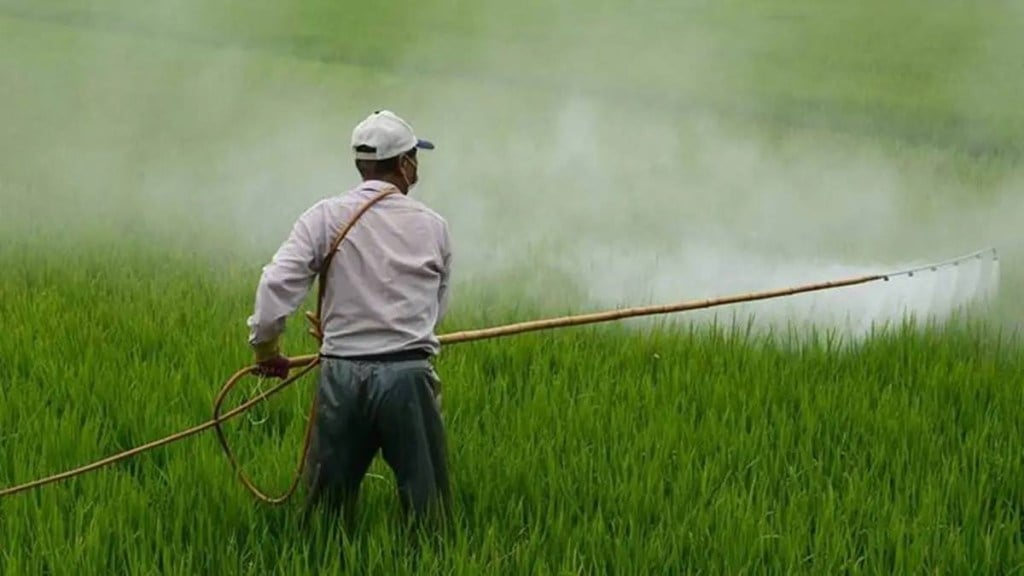The Union fertiliser ministry is likely to seek subsidy on soil nutrients of around Rs 2.25 trillion for the next fiscal year, which would be roughly the same level as the expenses to be incurred to subsidise the retail prices of these farming inputs in 2022-23.
“The finance ministry has assured us of making adequate provisioning under the fertiliser subsidy budget,” an official said, adding that pre-budget consultations with the finance ministry and other stakeholders were still going on.
Against the budget estimate (BE) of Rs 1.05 trillion for 2022-23, the fertiliser subsidy is expected to be revised upward by more than 114% to Rs 2.25 trillion this fiscal as elevated global prices of fertilisers and natural gas, the key feedstock, have inflated costs.
It would the fourth year in a row that the annual Budget spending on fertiliser would be above Rs 1 trillion mark, against a lower range of Rs 70,000 – 80,000 crore in the past few years.
Also Read: GDP growth seen at 6.1-6.3% in Q2: RBI
The subsidy on farm nutrients stood at Rs 1.6 trillion (revised estimate) last year.
However according to ICRA, the subsidy bill for FY23 to be around Rs. 2.5 trillion against the budget estimates of Rs. 1.05 trillion as cost of urea remains elevated owing to high gas prices.
The domestic production of urea is around 26 million tonne (mt) while 9 mt of soil nutrient is imported to meet the demand. In 2021-22, India imported nearly 9.1 mt of urea, valued at around Rs. 40,000 crore.
Nearly half of its di-ammonium phosphate (DAP) requirements are imported via (mainly from West Asia and Jordan) while the domestic Muriate of potash (MoP) demand is met solely through imports (from Belarus, Canada and Jordan, etc).
According to industry sources, imported urea prices have risen by more than 136% to $900 a tonne in October 2022 from $380 a tonne a year ago. Similarly, prices of DAP and MoP have risen by 66% and 116% to $924 a tonne and $590 a tonne in October 2022, respectively, compared to the year-ago period.
Prime Minister Narendra Modi recently said the Central government has spent over Rs 10 trillion over the past eight years to ensure that farmers in the nation are not burdened by the high global fertiliser costs.
Fertiliser minister Mansukh Mandaviya had said that the government would not pass on the burden of rise in global prices to farmers.
The retail prices of phosphatic and potassic (P&k) fertiliser, including DAP were ‘decontrolled’ in 2020 with the introduction of a ‘fixed-subsidy’ regime as part of NBS mechanism. However, the subsidy of DAP saw an increase to 60% of cost in FY22, from a little over 30% previously.
In case of urea, farmer pay a fixed price Rs 242 per bag (45 kg) against the the cost of production of around Rs 2650 per bag. The balance is provided by the government as a subsidy to fertiiser units.
Meanwhile, the fertiliser ministry on Friday said that there is more than adequate availability of fertilizers in the country to meet the needs of Rabi season. The government is sending fertilizers as per need to all states, and it is the responsibility of respective state governments to ensure availability within the states through proper intra-district and nter-district distribution, it stated.

